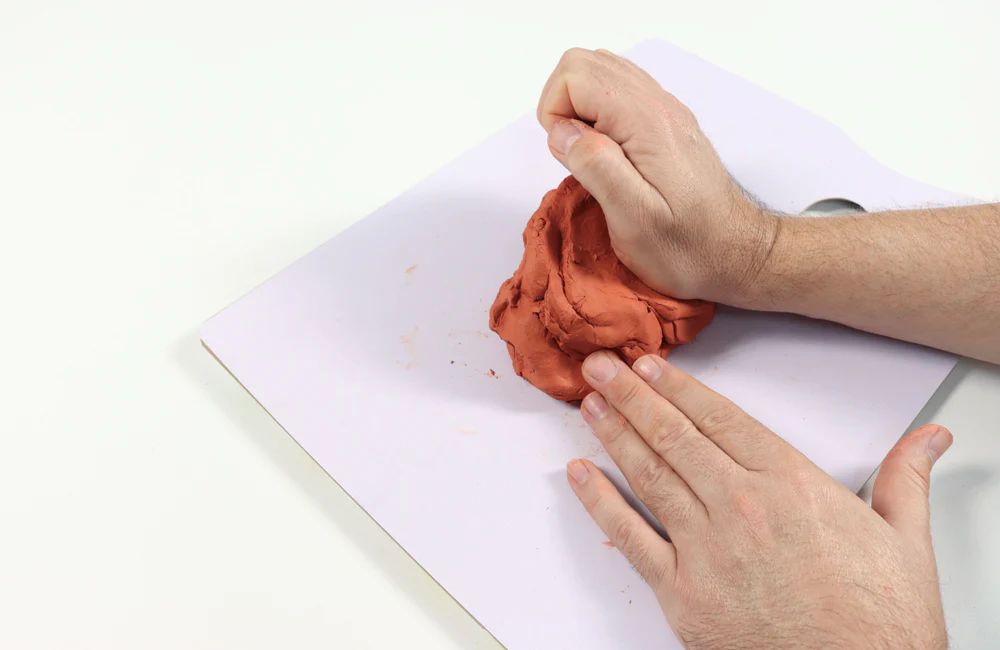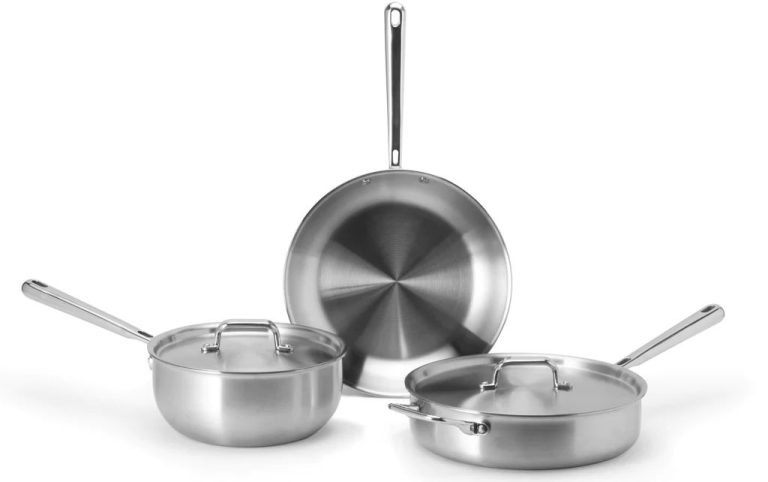How Long Does Air Dry Clay Projects Last?
Air dry clay is a type of modeling clay that does not require baking or firing to harden and set. Unlike conventional clays like pottery clay, air dry clay will harden at room temperature through a process called “air drying” over a period of 24-72 hours. Air dry clay is made from materials like cellulose, calcium carbonate, and silicone which allow it to harden with exposure to air.

According to The Spruce Crafts, “Air dry clay is a versatile modeling material that dries naturally and does not require a kiln. It is ideal for detailed, decorative pieces, jewelry, and items made by children.”
Drying Time
Air dry clay takes approximately 24-48 hours to dry fully when left out at room temperature. The drying time depends on a few factors:
- Thickness – Thinner pieces will dry faster, while thicker pieces can take longer. Large sculptures may need up to 72 hours to dry through.
- Clay composition – Some clays are formulated to dry faster than others. Polymer-based clays tend to dry quicker.
- Environment – Warm, dry conditions will accelerate drying time. Cool or humid areas will slow drying.
To help air dry clay dry faster, avoid applying very thick layers, work in a warm spot, and allow good airflow around the drying clay. Thick pieces may be dried in an oven at 200-250°F for 20-25 minutes to speed up drying time.
Curing Time
After an air dry clay sculpture has dried completely, which can take 24-72 hours depending on the size and thickness, it still requires additional curing time for the clay to reach its maximum hardness and durability. During the curing process, residual moisture evaporates from the clay and the clay particles bond together more tightly.
Most air dry clays cure in 5-7 days after drying. According to Crayola, their air dry clay takes a full 7 days to cure and reach maximum hardness after the initial drying time. Larger sculptures may require longer curing times up to 2-3 weeks. Curing times can vary based on environmental humidity as well.
It’s important not to rush the curing process. If a sculpture is handled too early, it can be prone to cracking or crumbling since the clay bonds are still forming. Allowing adequate curing time helps ensure clay projects will have good structural integrity and not be as fragile.
Sealing
Sealing air dry clay is an important step to help extend the life and durability of finished clay projects. According to Gathered, using a sealant creates a protective barrier that makes the clay water-resistant and helps prevent chipping, cracking, or other damage over time. Common sealants recommended for air dry clay are polyurethane or acrylic spray sealants. Apply 2-3 thin coats of sealant, allowing each coat to fully dry in between. The sealing process hardens and strengthens the clay. Unsealed pieces are more prone to paint chipping or flaking off, as well as breakage if dropped or bumped. Properly sealing air dry clay allows it to better withstand normal wear and tear during use or display.
Climate Conditions
The climate and environment where air dry clay creations are stored can significantly impact their durability. Air dry clay dries through evaporation, so humidity is a key factor. In low humidity environments, air dry clay will dry faster. However, it may dry too quickly and crack if not monitored. Ideal conditions are around 50% relative humidity. In high humidity climates above 70%, air dry clay will take much longer to dry and fully cure, up to weeks longer. This means the clay will remain fragile and prone to breaking or deforming for a prolonged period.
Temperature also affects drying time. Warmer environments will speed up drying, while colder temps slow it down. Try to keep air dry clay pieces at room temperature as they cure. Drastic temperature swings can also introduce cracks as the clay expands and contracts. Once fully cured, properly sealed air dry clay items can withstand more varied conditions. But in general, avoid freezing temps or high heat above 100°F (38°C) for prolonged storage. The clay composition itself can also impact durability in different climates. Some brands use additives and polymers to improve strength.
In summary, the ideal conditions for maximum air dry clay durability are temperatures around 68-77°F (20-25°C) and humidity under 70%. Storing pieces in consistent, moderate conditions as they cure allows the clay to harden and strengthen properly over time.
(Source: https://www.crayola.com/things-to-do/how-to-landing/airdry-clay/)
Storage
Proper storage is crucial for preserving air dry clay projects and extending their lifespan. According to https://blog.schoolspecialty.com/preserving-in-process-clay-projects-between-class-periods/, air dry clay should be stored in sealed plastic bags at room temperature to prevent it from drying out or absorbing moisture. Unfinished projects can be wrapped in plastic wrap or damp cloths and placed inside plastic bags between working sessions. Storage conditions should be cool and dark, away from direct sunlight or heat sources which can cause cracking or deterioration over time, as advised by https://www.gatheringbeauty.com/blog/how-to-store-air-dry-clay. Proper storage slows down the drying process and allows air dry clay projects to be worked on gradually until completion.
Fragility
Air dry clay projects can be quite fragile and susceptible to damage over time. According to The Best Air Dry Clays for Artists | Susie Benes, air dry clay sculptures are lightweight and resilient to drops when first created. However, they become more fragile as time passes.
Factors like humidity, temperature changes, and mishandling can cause air dry clay creations to chip, crack, or break. Pieces made very thinly are most prone to damage. Using an acrylic sealer can help strengthen sculptures and improve durability. Storing pieces carefully and avoiding dropping or banging them will also maintain their integrity for longer.
Overall, air dry clay projects are not as sturdy as ones made from ceramic clay fired in a kiln. They require gentle care and protection to last over many years without showing signs of wear and tear.
Painting/Finishing
Painting air dry clay pieces can enhance their appearance and design, but it also impacts durability. When painted, the clay becomes more vulnerable to chipping, scratching, and wearing down over time. Acrylic paint is commonly used since it adheres well to the clay’s surface (Source). Using a sealant over acrylic paint can help protect it from damage. However, sealants may also cause the paint to crack or peel over time. Frequently handling or dropping a painted clay item can shorten its lifespan. Painted pieces are usually more decorative than functional. With care, painted clay artwork may last for years, but the paint is likely to show signs of wear eventually.
Clay Composition
The ingredients used to make air dry clay directly impact how long the finished pieces will last.1 Typical ingredients include baking soda, cornstarch, glue, and water. The baking soda allows the clay to harden as it dries. Cornstarch gives the clay a smooth, silky texture. Glue acts as an adhesive to hold the clay together as it dries. And water provides moisture to make the clay pliable before drying.
The more baking soda used in the recipe, the harder and more durable the finished clay will be. However, too much baking soda can make the clay dry too quickly and crack. A balance of 1-2 tablespoons per cup of cornstarch is ideal. Using white glue rather than flour paste also creates a stronger bond in the dried clay.
Pieces made from homemade air dry clay high in baking soda and glue can potentially last for years if properly cared for. The clay composition directly impacts durability.
Conclusion
The longevity of air dry clay projects depends on several factors. Proper drying and curing times are essential to ensure the clay hardens completely and becomes durable. Sealing the finished pieces provides protection against moisture and contaminants which can cause degradation over time. Storing projects in a climate-controlled environment away from direct sunlight helps prevent cracking or paint fading. Fragile sculptures and thin components are more prone to breaking than solid objects. The clay composition also impacts durability, with polymer clays containing more plastic resulting in increased flexibility and strength. Overall, with careful planning and preparation during the design and finishing stages, air dry clay crafts can last for many years when cared for properly.



